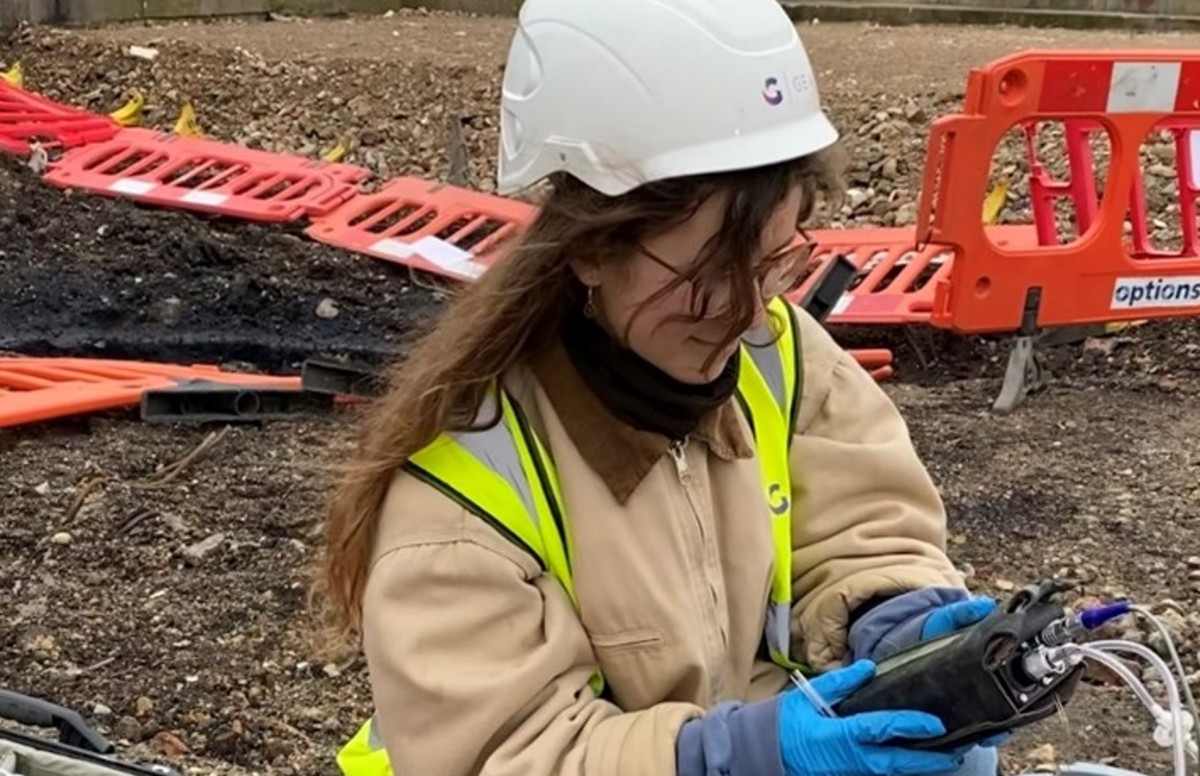Everything about Geotheta
Everything about Geotheta
Blog Article
Some Of Geotheta
Table of ContentsThe 4-Minute Rule for GeothetaSee This Report on GeothetaGeotheta Fundamentals ExplainedThe Basic Principles Of Geotheta
They work together with civil designers, structural designers, engineers, and various other specialists to integrate geotechnical considerations right into the total job design and building process. This needs reliable teamwork, control, and communication to make sure that the geotechnical aspects align with the project purposes and satisfy regulatory requirements.Mining & Products Design: Concepts of drilling, penetration prices, and factors impacting the option of boring approach. Qualities of explosives, firing systems and blast patterns. Blowing up techniques in surface area and underground operations. Special blasting methods at excavation boundaries. Resonance and noise control. Mechanical and constant strategies to fragmentation, consisting of longwall shearing and fullface boring.
Integrated analysis of fragmentation and comminution operations. Provided by: Mining & Products Design.
The Single Strategy To Use For Geotheta
Bachelor's degree programs in civil, geotechnical, geological, and environmental engineering commonly last four years and consist of basic education and learning programs in English, social science, and the humanities, along with programs in sophisticated maths, structural geology, and fluid mineralogy. (https://realistic-swam-lvtf1k.mystrikingly.com/blog/unlocking-the-secrets-of-geotechnical-engineers-the-geotheta-advantage)
Geotechnical engineering involves the analysis of the dirt and rock conditions at a specific site, and their effects for the advancement of that site. As most structures count on the ground for support, it is without shock that a comprehensive understanding of the ground conditions, and the viability of structure systems, are crucial to the long-term stability and efficiency of the building or structure.
Being experts in the investigation of geological developments and ground practices, geotechnical engineers perform scientific examinations and screening to understand the effect these geological formations might carry the style and building and construction of building, civil and facilities projects. This proficiency is critical for the style and building of buildings, roadways, tunnels, dams, bridges, and supply of water and sewer systems.
The geotechnical group at Douglas Allies consistently seek advice from with designers, design designers, designers, and building contractors to make referrals on style and growth proposals to guarantee that the constructed structures are appropriately created for the ground problems. The design of footing systems needs to take into consideration the weight of the structure, the capacity of the ground to sustain that weight with each other with motion tolerances and efficient construction.
Not known Details About Geotheta
This job is considerably streamlined by the use our Douglas Map geospatial platform which makes this details readily obtainable in a very easy to use web internet browser interface. A geotechnical engineer will certainly direct the drilling of boreholes and test pits to collect dirt and various other examples, and additionally evaluate surface attributes and ground direct exposures to form a geotechnical version of the subsurface problems.
Depending upon the project kind and ground problems ran into, laboratory testing may among various other points examine stamina, compressibility, reactivity and/or permeability of dirt and rock samples. Hereafter data is accumulated and collated, the outcomes are used for a geotechnical model of the website, which is usually offered as sections across the site.

A geotechnical examination naturally can only assess the ground problems at the locations drilled or dug deep into. Natural variations in dirt and rock problems can happen throughout a website and between examination places. It is therefore excellent practice that the geotechnical engineer be maintained throughout building and construction of the task to offer on-site verification that the ground problems run into are consistent with the assumptions and guidance provided in the geotechnical examination record.
Some Ideas on Geotheta You Should Know
Geotechnical engineers use their extensive expertise of dirt and rock to analyze danger and fix troubles on varied framework projectsGeotechnical engineering is a specialist branch of civil engineering which looks at the behavior of planet products and the application of dirt and rock technicians. Geo Tech Engineering. As a geotechnical designer, you will assess the physical, mechanical and chemical residential or commercial properties of dirt and rock in order to develop foundations, keeping structures and earthworks
Geotechnical engineering is very closely linked to and overlaps with, both engineering geology and ground design - https://www.tripadvisor.in/Profile/geotheta1. It's possible to be experts YOURURL.com in geotechnics or work for a geotechnical firm but be recognized as an engineering geologist or a ground engineer. As a geotechnical engineer, you'll require to: build and preserve partnerships with customers and various other experts associated with the website, throughout each projectmaintain safety criteria on website be mindful of expense effects when you make recommendationsstudy geological maps and aerial photographs from a variety of sources and from different time periodsexamine building and construction prepares to see how possible they are based on your understanding of the siteinvestigate risks or geological risks for the sitesearch for environmentally sensitive features, such as landfill start to develop valid and expository ground modelsplan area investigationsdrill and evaluate examples of bedrock, dirt, groundwater and added products supervise various other experts on sitesolve technological problems as they arise, such as unexpected structures at drill sitesmonitor conditions throughout and after building to make certain frameworks are stable in the brief and long termadding information gathered on site to your preliminary researchcreating geotechnical calculations, drawings, and 2 or three-dimensional computer system versions interpreting the datamaking referrals concerning the recommended use the site

Report this page